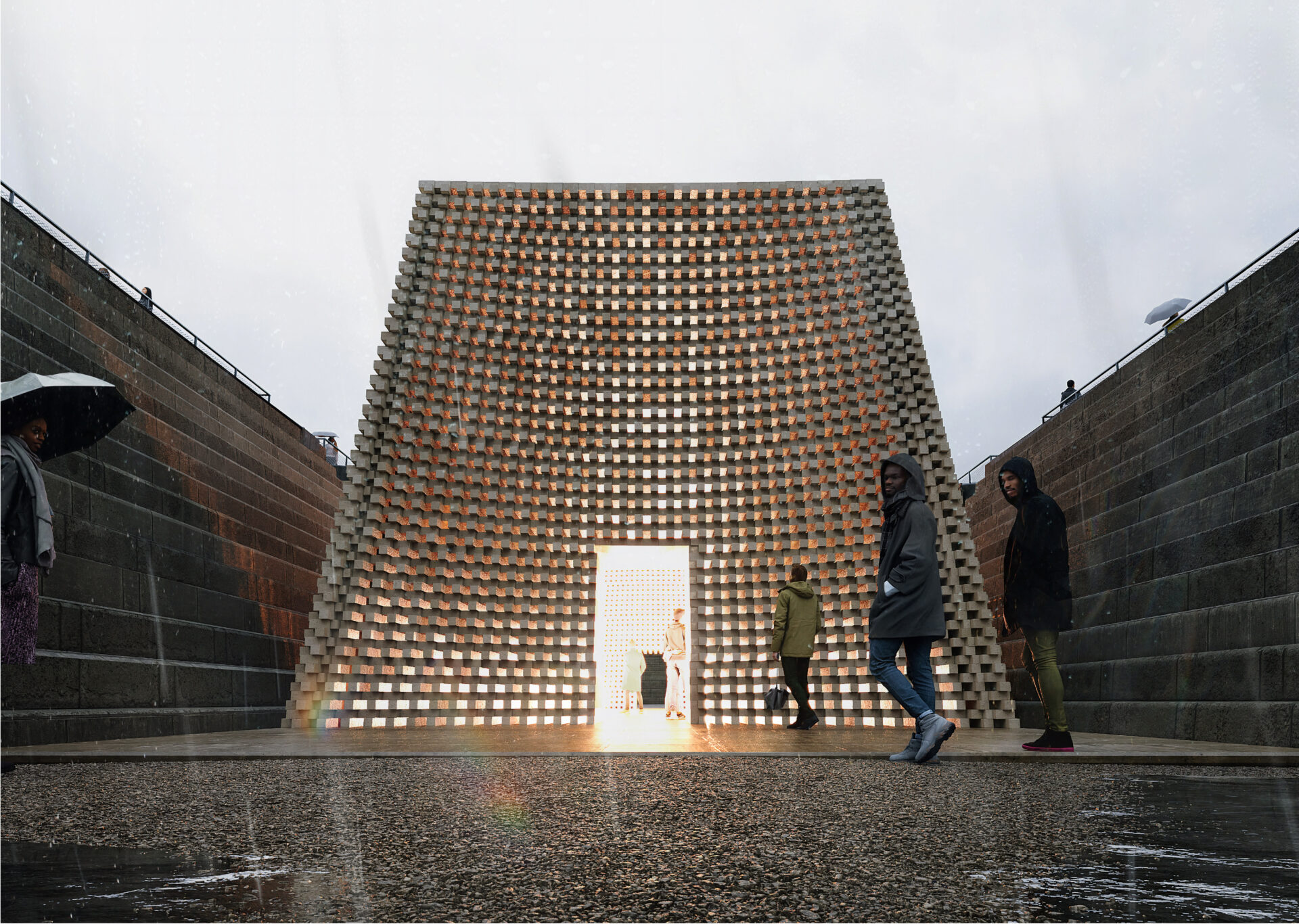Roundtable: Architects create value
 Place North West gathered a mix of architects and developers to the RIBA Hub Cafe in Manchester to discuss the merits of good design and the value of a good architect – even when budgets are tight. The event was sponsored by the RIBA North West.
Place North West gathered a mix of architects and developers to the RIBA Hub Cafe in Manchester to discuss the merits of good design and the value of a good architect – even when budgets are tight. The event was sponsored by the RIBA North West.
In attendance were:
- Paul Unger, editor, Place North West
- Steve Parry, managing director, Neptune Developments
- Ruairidh Jackson, development director, The Co-operative Group
- Roger Stephenson, director, Roger Stephenson Architects
- Geoff Alsop, director, Buttress Fuller Alsop Williams, and North West chairman of the RIBA
- Andrew Russell, director, Russells Construction
- Matt Brook, director, Broadway Malyan
- Rob Burns, urban design manager, Liverpool City Council
On Design
Kicking off the session Geoff Alsop admitted that design often isn't a priority when times are tough. "The whole climate at the moment is about survival and doing anything," he said. "Most of us are happy to be surviving. Design isn't top of the agenda, I'm not saying it shouldn't be but it ain't going to be."
But Matt Brook disagreed, arguing the recession made good design "more important than ever". Stephen Parry said quality was one way of ensuring against the weak economy.
"Each time we've had a recession the bits that have continued to sell have been the better quality schemes." He added: "Good quality design is a risk reducer. The challenge for architecture professionals is to up their game. The key issue is to get the detailing right so it can be built efficiently and cost-effectively and that it's well-designed as an operational building."
In Liverpool landmark buildings, such as the new Museum of Liverpool and Mann Island, have helped recreate the popular image of the city, according to Rob Burns.
"That whole turnaround came about not just through investment, but from well-designed investment in the city." He added: "Our interests are long term and what we want is to sustain the long-term value that good design can bring."
The participants also tried to define good design. "Not all award-winning buildings are examples of good design," said Alsop.
"They might be iconic or cosmetic but will they be elegant in 25 years' time? Good design is about elegance and longevity. I'd like to see that a little bit higher on the architectural agenda."
Matt Brook said: "Good design has to have substance – it's not just stylistic. It's about improving people's quality of life. If you raise people's quality of life, that's the baseline measure."
Ruairidh Jackson, the Co-operative Group's development director, described the unexpected difficulty he had in finding "interesting and fresh" designs for the NOMA scheme around its new HQ. "We went to three young practices, we told them, 'this is commercial, but don't worry about that, we want you to do something interesting and fresh – be young and innovative please'. Two of the three came forward with dry, commercial submissions because they made the mistake of thinking that was what we wanted. We asked them to have another go."
Art or maths?
Neptune's Steve Parry articulated his perception of a gap between those architects who are technically-minded and those who are more creative. "We meet a range of people and some are brilliant at one thing and rubbish at the other. It's a case of either being good at art or maths and we need to get over that."
He added: "No one wants an architect to experiment on a building. We need the early involvement of contractors to make sure it's deliverable so you're not trying to top out while stopping a leak."
Geoff Alsop suggested training was at fault: "Maybe some schools are not so insistent on technical rigour. There's a generation of architects who've grown up without having to stand by their own design decisions."
He added: "The ideal employee for us is an architect who can design a building and see it through from start to finish."
Parry was also concerned about poor design co-ordination in some cases – where flaws in a plan go unnoticed because the architect is not taking the lead and overseeing the work of all involved, including the engineers. "Architects need to take that responsbility back again. Otherwise we'll all be going down the design and build route."
Design-and-build
Steve Parry acknowledged that design-and-build, where the client deals with a single contractor in a bid to reduce risks and overall costs, "had a bad name sometimes", but added: "If it's done properly the contractor designs the right bits and the client gets what they want."
Andrew Russell felt the process could be undermined when goalposts were moved. "When the client tries to save money and cut the fee that's when it doesn't work."
He also argued that, in his experience, the contractor does not really handle the design element.
"What actually happens is it's designed then lumped onto the contractor. The contractor is not really the designer, it's coming from the client's team fully designed but the contractor is taking on the risk of design and build.
"It's 80% designed and the contractor fills in 20%, but working with the existing design team."
The frustrations of tendering
There was a general sense from the participants that the procurement process organised by public bodies, in line with European Union regulations, had become too onerous. The process excludes smaller firms, they said, and can lead to poor decisions.
"It's process driven," said Matt Brook, "as long as they've gone through the right process they're happy."
"It depends on the process," said Rob Burns. "We're looking at redeveloping two hospitals and something like 60% of the scoring is based on design. It depends which process you go down."
Roger Stephenson said it was costly and unnecessary. "In 2009 we put in five OJEU (Official Journal of the European Union – which lists projects) bids and each was about 150 pages long.
"I worked out it cost the practice around £90,000 and there was no need for it. Other local authorities have designed the application form in a way that's reasonable."
"It's become an industry itself," said Stephen Parry. "We withdrew just before the recession and it was the best decision we ever made."
Andrew Russell added another jaded perspective from the construction industry. "It's a lot of effort for not a lot of return – or guaranteed return."
Matt Brook pointed out the system excluded many architects. "It's exclusive, it excludes younger practices and those that don't have experience in a particular sector. The merging of ideas from different sectors can drive quality."
The value of hiring an architect
Rob Burns gave an insight into Liverpool City Council's initial reaction to new projects. "As soon as something hits your desk the first thing you do is look at who the designer is and you manage it from there."
Good architects add to project costs but Andrew Russell said it didn't make sense to skimp on these fees. "You've to be competitive but it's a false economy to save on fees because of the value architects can add. You don't want the cheapest, that's not value."
There was some discussion on whether higher fees ruled some practices out of certain projects, but Burns insisted local authorities did not simply opt for the cheapest bid because, "there's an immediate suspicion that it's been put in to win the bid and will go up".
"I doubt if many architects are chosen merely on fee bid," said Alsop, "it's based on track record". He called for the adoption of an American bid system where the client is chosen on the quality of the design then a fee is negotiated.
Being practical
There was a general consensus from the participants that good design is valued but no one wants experimentation – particularly if it doesn't work.
Jackson said the Co-op's priority at its new headquarters was efficiency but instead of seeking out new materials and products it has relied on tried and tested technology, "which we're putting together perhaps in a slightly new way".
Burns said: "It's knowing what works, knowing where you can get it, and knowing it's safe."
For Parry the key is using existing components in a creative way. "That makes it more cost effective and sustainable as well."




